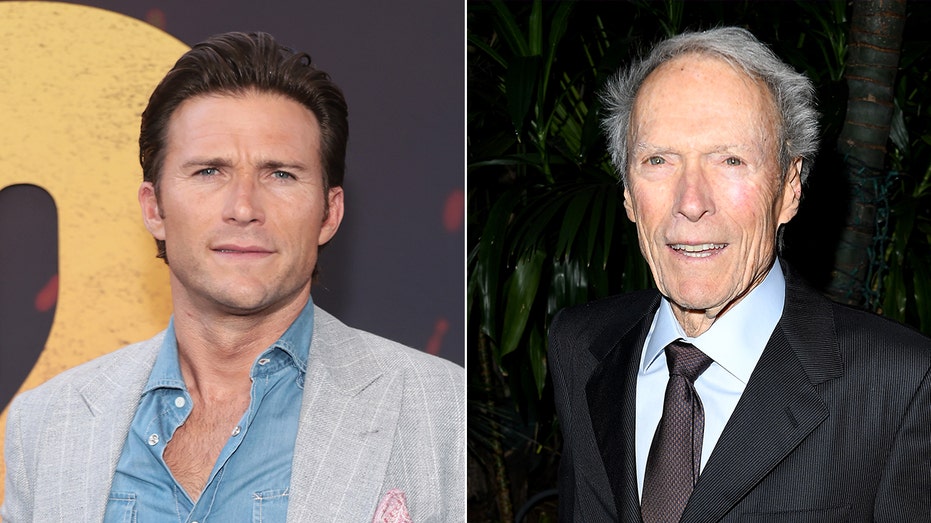Joker: Folie à Deux review – a strange, dark musical
Joker was a fascinating outlier in modern cinema. The violent, Scorsese-inspired psychodrama was a huge risk, whisking the Clown Prince of Crime away from the world of comic books and placing him in a grimy 1980s Gotham City that resembled nothing more than Martin Scorsese’s Taxi Driver. The gamble paid off, with an Oscar for [...]


Joker was a fascinating outlier in modern cinema. The violent, Scorsese-inspired psychodrama was a huge risk, whisking the Clown Prince of Crime away from the world of comic books and placing him in a grimy 1980s Gotham City that resembled nothing more than Martin Scorsese’s Taxi Driver.
The gamble paid off, with an Oscar for star Joaquin Phoenix and a billion-dollar box office. Love it or hate it, a sequel seemed inevitable, but how do you do that with a film that was intended to be a one-off? The answer, it seems, is music.
Joker: Folie à Deux takes place two years after the events of the first film, with Arthur Fleck (Phoenix) malingering in Arkham State Hospital ahead of his long-delayed trial for the several murders he committed. It’s here he meets Lee (Lady Gaga), a fellow patient who idolises him for what he has become to the disgruntled citizens of Gotham. The pair embark on a twisted romance, descending into shared musical fantasies as the trial plays out.
The first film divided cinemagoers, becoming a Rorschach Test where some saw a tense psychological thriller, others an incel fever dream
The first film divided cinemagoers, becoming a Rorschach Test where some saw a tense psychological thriller, others an incel fever dream, while a small group discerned an anti-establishment hero, misinterpreted in the same way as Gordon Gecko and Tyler Durden before him. All three are likely to scratch their heads at the decision to make the follow-up a musical.
Despite the inevitable bemusement, the showtunes are the highlight, with director Todd Phillips showing the same kind of daring creativity that was present in the first film. Gaga, toning down her professional voice to something scratchier and more amateur, leads Phoenix by the hand through Broadway-like fantasies, variety show duets, and delusions of love that both soothe Arthur’s soul, and lead him further into insanity. Given the main plot is set mostly in the courtroom and prison hospital, these are splashes of colour between the grey drama.
When the music isn’t playing, we delve deeper into Arthur’s mind, examining his obsession with infamy, as well as the postering that comes with trials that draw attention. Catherine Keener is interesting as Arthur’s lawyer, determined to reveal the psychological motivations behind his actions. Harry Lawtey makes a tantalising appearance as future Batman villain Harvey Dent, a young assistant district attorney looking to make an impact. The media is represented in Steve Coogan, brilliantly playing an exploitative TV journalist.
Of all the new additions, none match Gaga in another grandstanding performance that deserves more screen time. There’s an enigmatic tone to her version of Harley Quinn, where you’re not sure if she’s connected with the man or infatuated with the celebrity. Phoenix is slightly constrained by his character’s situation but an actor of his calibre can still be captivating when confined to a prison cell and courtroom dock.
It’s impossible to repeat the shocking transformation we saw in the first film. But in Joker: Folie à Deux Phillips and his stars create something just as dark and fascinating.



